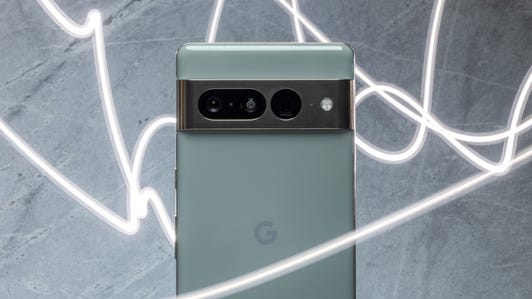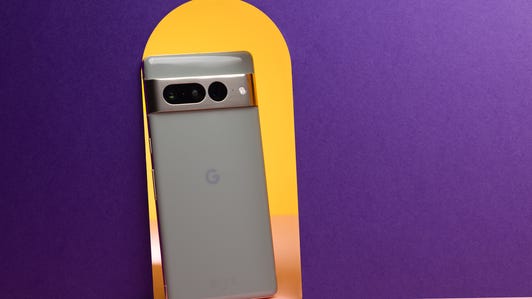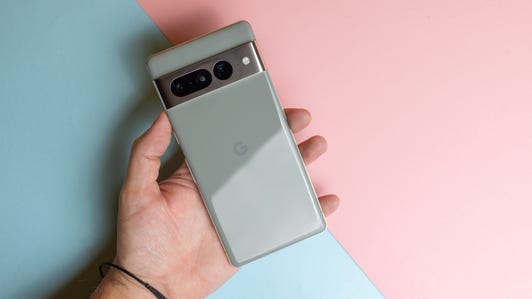Technologies
Google’s Pixel Fold Can Save Foldable Phones From Obscurity
Commentary: Foldable phones are fine, but Google’s folding Pixel could make them great. Here’s how.
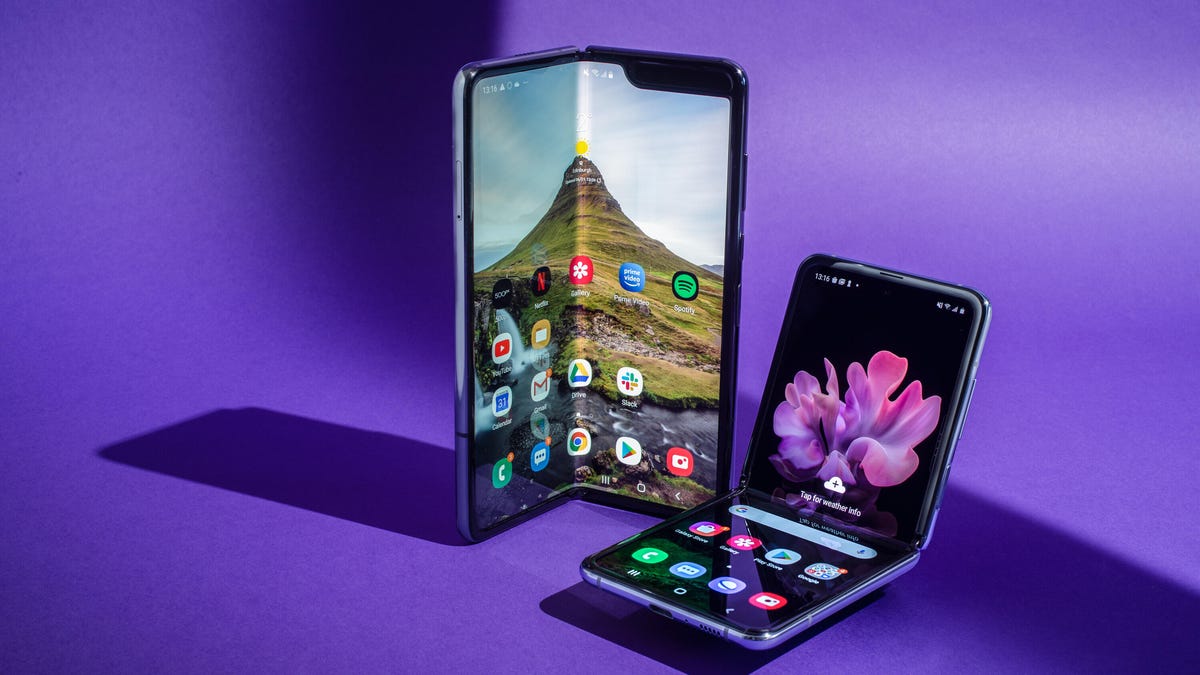
Back in 2021 I wrote that foldable phones were disappointing, offering little in the way of genuine innovation when it comes to how we use our phones on a daily basis. They’re perfectly fine. But once you get over the novelty of a screen that bends, they’re really just the same as any other Android phone, which is a problem. With less common sizes and aspect ratios being used, apps and games don’t natively run properly. Also, the audience is small, and developers don’t have the motivation to put in the time, effort and cost to develop their apps for odd shapes and sizes.
But Google might change that soon enough, with a rumored foldable Pixel phone that could appear at Google I/O in May. The company is in a unique spot to address software concerns while creating compelling phone hardware that doesn’t break the bank.
To be clear, I do like foldable phones. I particularly like the larger «book fold» models like the Samsung Galaxy Z Fold 4 and Honor Magic Vs, which transform from a regular-sized phone into an almost tablet-sized device, providing more screen space for videos, games and documents. I remember when I got the first-generation Galaxy Fold and felt genuinely excited at seeing the screen bend in the middle. And I remember the various strangers who would stop and ask to see it when I used it in public — with one bartender so entranced that he returned the favor with a free beer. Score.


The bigger internal display of the Galaxy Z Fold series is great for watching videos.
Andrew Lanxon/CNETRead more: Best foldable phones to buy in 2023
But the software is still where folding phones lag behind. Android is designed primarily for regular candybar smartphones, which are commonly around 6 inches to 6.8 inches in size and have standard aspect ratios like 16:9. In other words, phones like the Galaxy S23 Ultra or Pixel 7 Pro take full advantage of Android, and app developers design their apps for these same form factors. Why? Because they’re the most commonly used sizes, and therefore their apps will be optimized for the widest number of devices.
Android 12L and 13 address some of the sizing issues, but not all apps are optimized and either leave too much blank screen space or must stretch awkwardly to fit the screen. The Galaxy Z Fold 4, for example, has a tall and narrow 23.1:9 aspect ratio on the outside and a more square 21.6:18 aspect for the inner display — two nonstandard sizes that developers need to account for. And that’s just one device.
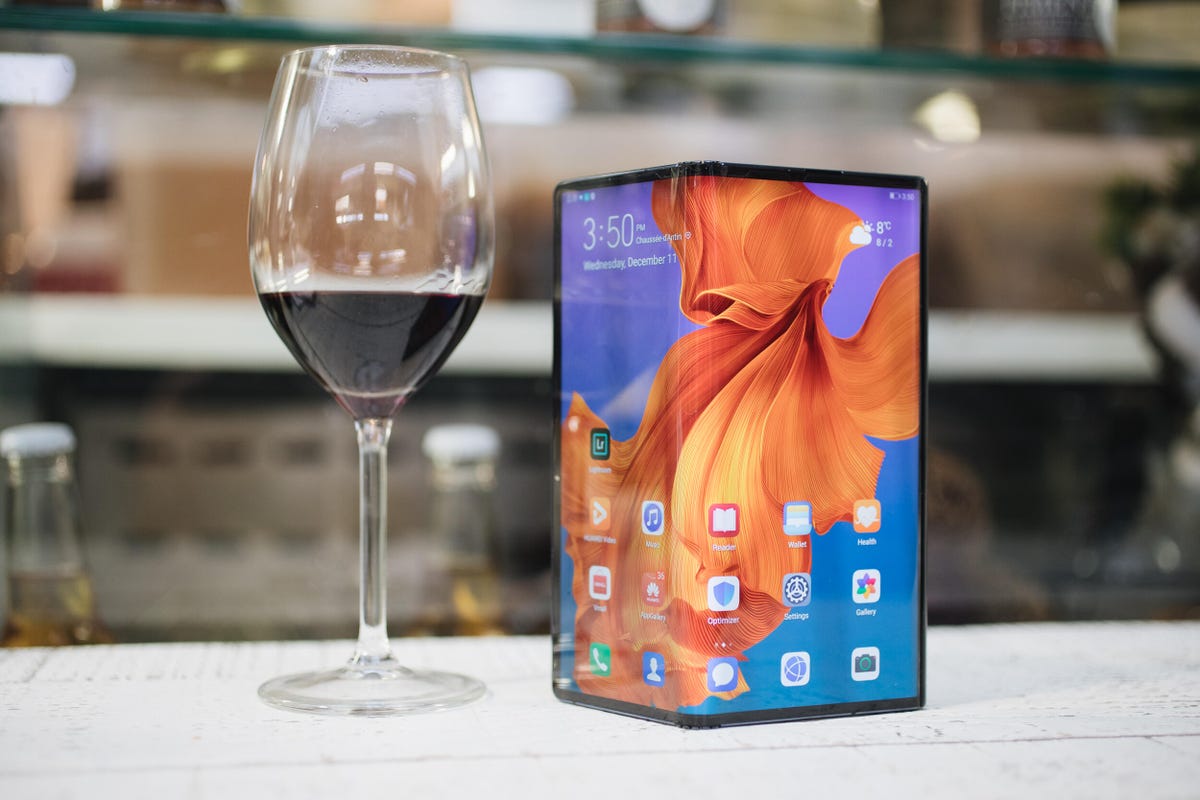

Huawei’s outward-folding Mate X was one of the earlier folding phones we saw.
Andrew Lanxon/CNETIt’s the same Android fragmentation issue that has plagued the platform since the beginning: Too many different devices means it’s difficult for developers to create for. Apple’s strategy of having fewer display sizes and almost identical aspect ratios has meant it’s typically been the easier platform for developers to work on. But Google has worked hard over the years to make Android an easier field on which to play, and it could do the same for foldables.
So could a folding Pixel phone be just another device for developers to struggle with? Perhaps not. If Google is committed to folding screen technology in its product lineup, then it’s safe to assume that we will see some key updates in Android that are specifically tailored to folding phones and different form factors. I’d like to see software that does a better job of automatically resizing apps, dual-screening when using a large display like the Z Fold 4’s or building more tricks into default apps that take advantage of inner and outer displays.
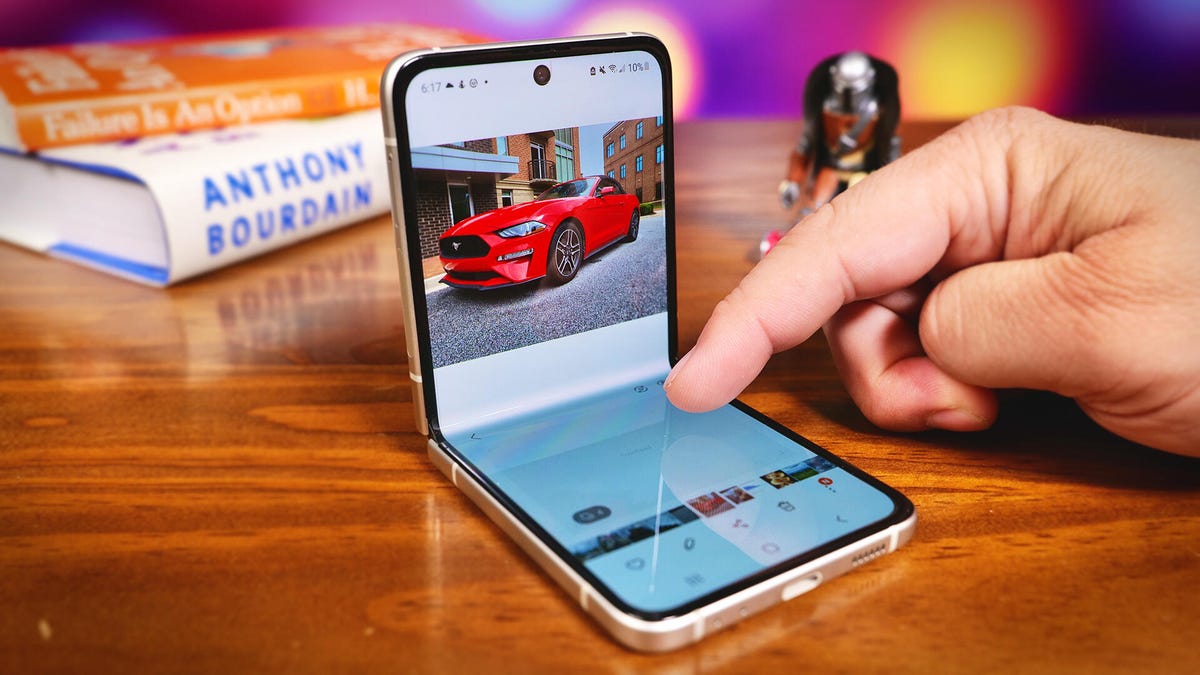

The tall and narrow dimensions of the Galaxy Z Flip present another dilemma for developers.
Patrick Holland/CNETMoreover, Google will likely work more closely with its key developer partners like Samsung, helping them not only optimize their existing apps for folding devices, but also create entirely new ones that can only be done with phones of this type. These partnerships will be crucial to helping Google create a compelling first-generation foldable, especially since non-folding Pixel phones account for just over 2% of smartphone market share in the US, according to analytics firm StatCounter. By comparison, Samsung has almost 30% share in the US.
Pixel phones tend to offer an excellent Android experience packaged in good hardware that costs hundreds less than flagship iPhone or Galaxy S phones. Google partnerships will be key to getting a Pixel foldable off the ground at an affordable price. A cheaper price is essential to getting a larger audience that would incentivize developers to create more fold-centric apps.
Of course, there are a lot of «ifs» and «coulds,» and we don’t know for sure if Google will launch a foldable. We also don’t know whether Google has a strategy in place to encourage adoption by working with software developers. Google will also have to rely on more than just its recognizable name to catapult the category into the big leagues. Let’s not forget that Microsoft’s Surface Duo 2 isn’t exactly ubiquitous, and neither is Samsung’s Galaxy Z Fold.
But I’m remaining hopeful, if only because I need to be. Standard smartphones have become increasingly dull and repetitive. For someone who writes about phones for a living, that’s a problem. Foldables present an opportunity to do things in a different and more exciting way, but it will be up to Google whether or not the category flourishes.
Technologies
Sora and Google’s Nano Banana Pro Are Slammed, and Scale Back Free Videos and Images
OpenAI and Google are reducing the number of image or video requests you can make on their latest media-generation platforms.
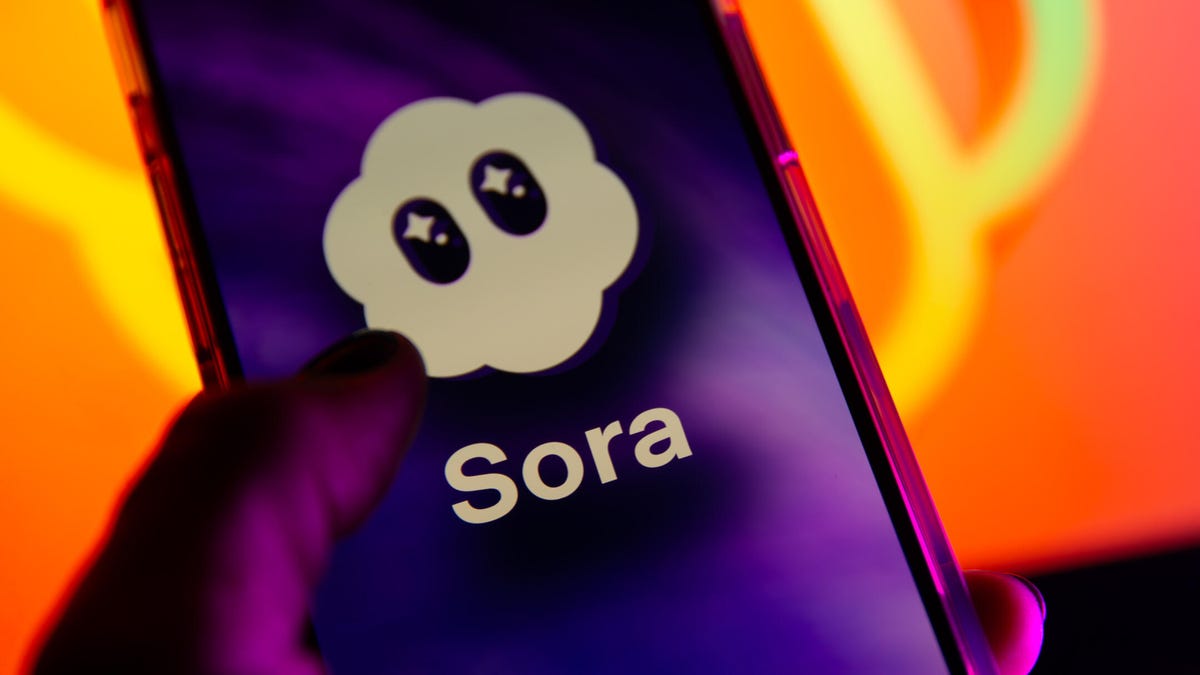
Maybe it’s because of the holiday weekend.
OpenAI’s video generator Sora and Google’s image generator nano banana pro are placing new limits on how many videos (in the case of Sora) and AI images (in the case of nano banana pro) you can make per day.
With more people using their Thanksgiving weekend idle time to, say, make AI videos of cats as angry service industry cashiers, it’s likely these services are hitting their limits.
Bill Peebles, OpenAI’s head of Sora, posted on X, «our gpus are melting, and we want to let as many people access sora as possible!» GPUs are the graphics processing units used by AI services for the complex computations they need to perform.
Peebles wrote that Sora will limit free video generation to six videos per day. ChatGPT Plus and Pro accounts won’t see any changes.
«And everybody can purchase additional gens as needed,» he wrote.
Don’t miss any of our unbiased tech content and lab-based reviews. Add CNET as a preferred Google source.
Gemini limits
As for Google’s image generator, a Gemini support page says that those without a Google AI plan are now limited to two images generated and edited per day with nano banana pro. The previous limit was three, according to 9to5Google, which also spotted new usage limits on Gemini 3 Pro that are variable. The same support page says free access to Gemini 3 Pro Thinking includes «Basic access — daily limits may change frequently.»
The limit for nano banana (the previous 2.5 non-pro version) is 100 free images per day.
A representative for Google did not immediately respond to a request for comment.
(Disclosure: Ziff Davis, CNET’s parent company, in April filed a lawsuit against OpenAI, alleging it infringed Ziff Davis copyrights in training and operating its AI systems.)
Technologies
If You Don’t Want to Pay AirPod Prices, I Found Great Noise Canceling Earbuds That Are Only $53 for Black Friday
You don’t need to spend a fortune to get a great pair of earbuds.
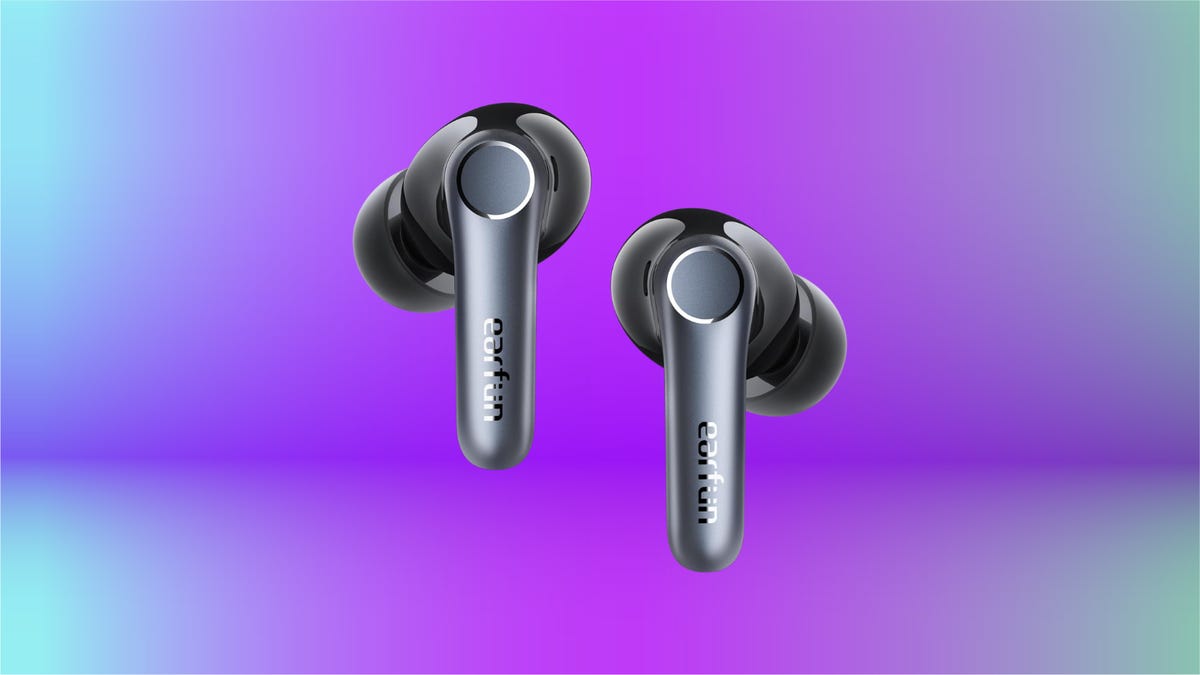
Black Friday deal alert: If you’re looking for a new pair of noise-canceling earbuds, there are some good deals on Apple AirPods right now, but you might be able to spend half as much to get similar performance. I’ve found that the Air Pro 4 earbuds from Earfun are legitimate contenders to the AirPods, at a much lower price. Right now at Amazon for Black Friday, you can get the Air Pro 4s for a steal — they’re 34% off, which drops their price down to $53.
In short, they’re great, and the black ones are currently available on Amazon for $53, near the lowest price we’ve ever seen them sell for. The other colors are also on sale; the glossy white and royal blue are both $68.
Hey, did you know? CNET Deals texts are free, easy and save you money.
HEADPHONE DEALS OF THE WEEK
-
$248 (save $152)
-
$170 (save $181)
-
$199 (save $150)
How these earbuds silence the noise around you
I prefer in-ear headphones because they offer active, electronic and passive noise cancellation. Passive noise cancellation basically consists of plugging your ears with the rubbery tips included with the earbuds.
The Earfuns fit well for me when I use the second-largest of the five swappable ear tip sizes, and they stay sealed and comfortable for hours. Sometimes I have to reseal one after I yawn or something, but that’s the case with other in-ear headphones, too.
For reading, I prefer Earfun’s «Strong ANC» noise-canceling mode, which makes a big difference when blocking out the noise around you, but there are a bunch of other noise-cancellation options. The Ambient Sound function is good for when I want to pay attention to my surroundings.
Overall, I found the app easier to use than Sony’s and just as capable. The main difference is that Sony’s app has a variable slider for ambient sound.
The Earfun app also includes a white noise section in the app. Normally, I prefer Spotify for white noise (and I download my favorite playlists for offline listening) but this feature is useful for people who don’t have another music service. It includes birdsong, waves and rainfall, all of which are short clips that repeat automatically.
Why I chose these earbuds over AirPods
These headphones have every other feature I’d expect, including the ability to connect to two devices simultaneously and programmable touch-sensitive controls on the buds. Plus, battery life has been more than ample for me, even after a marathon reading session.
There’s also a finder function if you misplace either earbud (unlike Apple FindMy, however, they have to be connected and in Bluetooth range). For actual music and voice calling quality, they sound fine, albeit not as good as my big Sonys.
I have an iPhone and briefly thought about buying Apple AirPods, but I didn’t want to spend the money. The AirPods 4 with noise cancellation cost $115 more than these Earfuns and have an open-ear design, so they rely entirely on the electronic (not passive) method. The AirPods Pro 2 are in-ear and superb, but I didn’t want to spend $250 on a pair of secondary headphones.
Yes, I could probably save some money on an even less expensive pair of in-ear noise-cancelling headphones, but I’m not sure I’d be as happy with their fit, long-term comfort, battery life and noise-cancellation performance. The Earfun Pro 4 buds help me relax and concentrate on my book, and for me that’s priceless.
For more headphone savings, check out our roundup of all the best deals on headphones, or find bargains of all kinds in our roundup of the best Amazon Prime Day deals going on now.
Join Our Daily Deals Text Group!
Get hand-picked deals from CNET shopping experts straight to your phone.
By signing up, you confirm you are 16+ and agree to receive recurring marketing messages at the phone number provided. Consent is not a condition of purchase. Reply STOP to unsubscribe. Msg & data rates may apply. View our Privacy Policy and Terms of Use.
Technologies
I Have a Flashlight Fetish and My Favorite New Olight Is 20% Off for Black Friday
Olight’s sleek new pocket flashlight, the ArkPro, is normally $100. But it’s down to $80 for Black Friday and Cyber Monday.

Truth be told be told, I have a thing for flashlights. Not a bad thing, just a certain appreciation for a well-designed torch, as the Brits might say.
Bright flashlights are good, naturally, but a small, sleekly designed rechargeable everyday carry flashlight that puts out a decent amount of light is high on my list of flashlight favorites, and the new Olight ArkPro and its slightly brighter sibling, the ArkPro Ultra, fit the bill. They’re both on sale for Black Friday and Cyber Monday for 20% off. The ArkPro is down to $80 ($100 list) while the ArkPro Ultra’s price has dipped to $104 ($130 list).
The flashlights are upgraded versions of Olight’s Arkfeld Pro ($70) and Arkfeld Ultra ($84), with higher brightness ratings. Both new models have similar flat, IPX7 waterproof designs with sturdy metal bodies and a magnetic base that allows you to attach the flashlight to anything metal. There’s also an integrated clip-on mount, and they come in cool white and neutral white color temperature versions.
You get three lighting modes: a 1,500-lumen floodlight mode (1,700 lumens for the ArkPro Ultra), an 800-lumen, 205-meter reach spotlight mode (it’s the same for the Ultra) and a UV light mode. You can also activate a green beam laser pointer.
The flashlights come with a wireless charger that magnetically attaches to the base, but you can also charge them via USB-C, which I found more convenient.
I mainly tested the flashlights while walking my dog at night in a pretty remote rural area in New York. The floodlight mode works better for dog walking, but I’d sometimes switch to spotlight mode when I wanted to gauge what was further ahead of us or check whether anything was lurking in the trees or bushes.
These smaller EDC flashlights are well-suited to a variety of activities, including camping and anything you’re doing where you’d like to have a flashlight handy that you can easily carry around in a pocket. You can find similar flat flashlight designs from other brands on Amazon — some of them for significantly less money. However, Olight is considered a premium EDC flashlight brand, though some flashlight enthusiasts are less enthusiastic about the brand for a few reasons. That said, I’m just fine recommending these new ArkPro models when they’re discounted like this. And they do make for nice gifts this time of year.
Join Our Daily Deals Text Group!
Get hand-picked deals from CNET shopping experts straight to your phone.
By signing up, you confirm you are 16+ and agree to receive recurring marketing messages at the phone number provided. Consent is not a condition of purchase. Reply STOP to unsubscribe. Msg & data rates may apply. View our Privacy Policy and Terms of Use.
-

 Technologies3 года ago
Technologies3 года agoTech Companies Need to Be Held Accountable for Security, Experts Say
-

 Technologies3 года ago
Technologies3 года agoBest Handheld Game Console in 2023
-

 Technologies3 года ago
Technologies3 года agoTighten Up Your VR Game With the Best Head Straps for Quest 2
-

 Technologies4 года ago
Technologies4 года agoBlack Friday 2021: The best deals on TVs, headphones, kitchenware, and more
-

 Technologies4 года ago
Technologies4 года agoVerum, Wickr and Threema: next generation secured messengers
-

 Technologies4 года ago
Technologies4 года agoGoogle to require vaccinations as Silicon Valley rethinks return-to-office policies
-

 Technologies4 года ago
Technologies4 года agoOlivia Harlan Dekker for Verum Messenger
-

 Technologies4 года ago
Technologies4 года agoiPhone 13 event: How to watch Apple’s big announcement tomorrow

